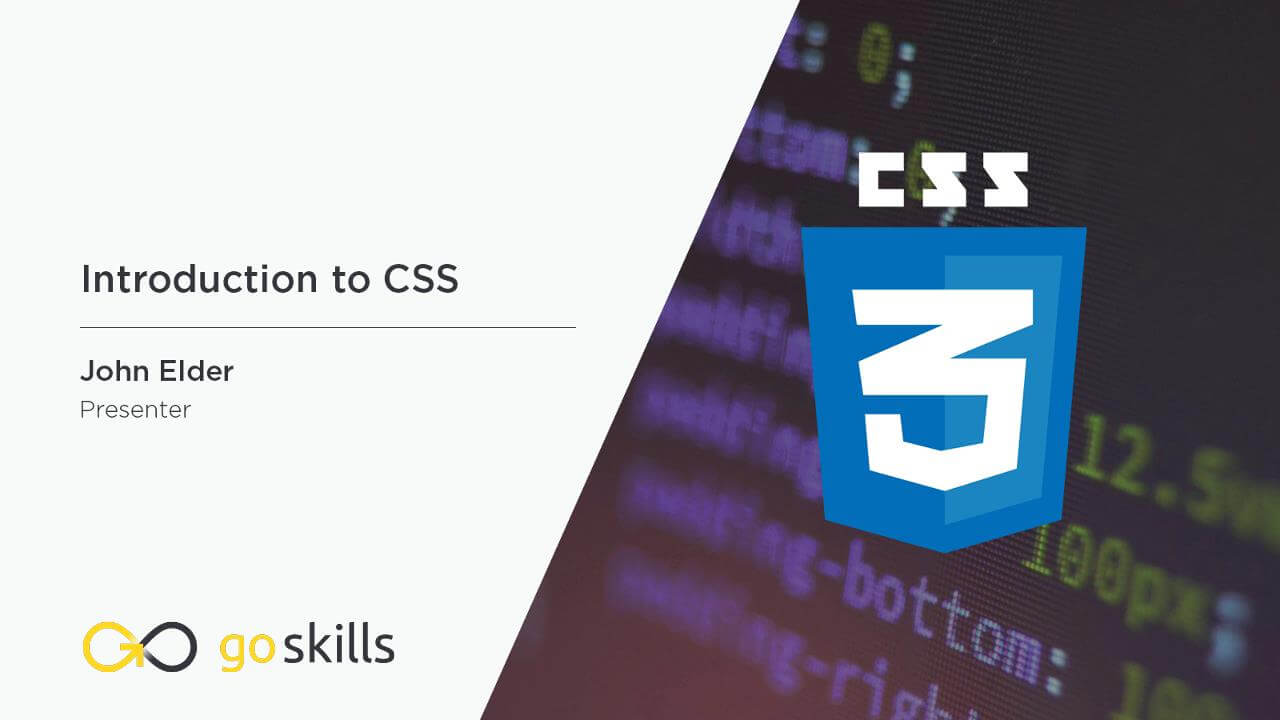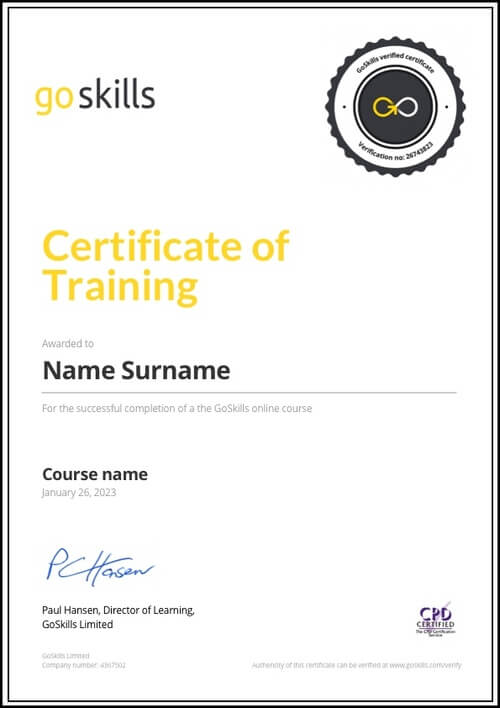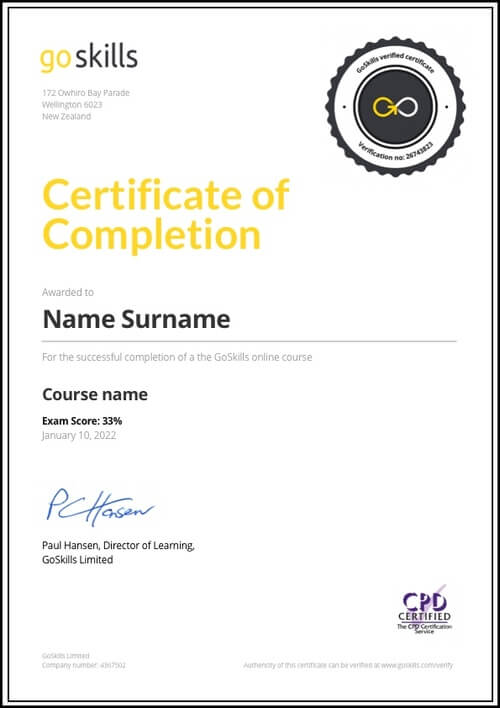Features
Premium video tutorials
Award-winning instructors
Personalized learning
Get certified
Learn at your own pace
Mobile (learn on-the-go)
Unlimited tests and quizzes
Regularly updated content
Overview
If you have ever wanted to build and design stylish, responsive websites, this introductory CSS training course can help you get started learning CSS for web design and development. Designed for beginners, no prior experience with CSS is required to get the most out of this online course.
You will start with the basics and apply the practical knowledge you learn through hands-on application and examples every step of the way. By the end of the course, you will have learned to apply fundamental design elements in CSS to create a beautiful and functional user experience.
Highlights:
- 39 practical tutorials.
- Learn how to add and change colors of elements.
- Add background colors, images and borders.
- Understand the difference between margins and padding.
- Change the formatting and alignment of text.
- Style links, lists and manipulate fonts.
- Understand CSS pseudo-classes and how to use them.
- Use gradients, shadows and rounded corners.
- Add buttons and pagination for easy navigation.
- Make your design responsive for mobile devices.
- Setting up, using and modifying Bootstrap.
- Understand how HTML, CSS and JavaScript work together.
Once enrolled, our friendly support team and tutors are here to help with any course related inquiries.

- 720p
- 540p
- 360p
- 0.50x
- 0.75x
- 1.00x
- 1.25x
- 1.50x
- 1.75x
- 2.00x
Summary
Instructor
Syllabus
Getting Started with CSS Free Lesson
1
2
Setting up a Development Environment
What tools do you need to write CSS?
3
CSS Syntax
4
Using CSS 3 Ways
Basic CSS Free Lesson
1
2
Backgrounds
3
Borders
4
Margins and Padding
5
Height and Width
6
Box Model
7
Outline
8
Text Formatting
9
Fonts
10
Links
11
Lists
12
Tables
13
Display
14
Position
15
Float and Clear
16
Inline-Block
17
Align
18
Combinators
19
Pseudo-Class
Intermediate CSS
1
Rounded Corners
2
Border Images
3
Gradients
4
Shadows
5
Rounded Images
6
Buttons
7
Pagination
Responsive Mobile Design with CSS Free Lesson
1
Intro to Responsive Design
Understanding the concept of responsive design for mobile devices.




